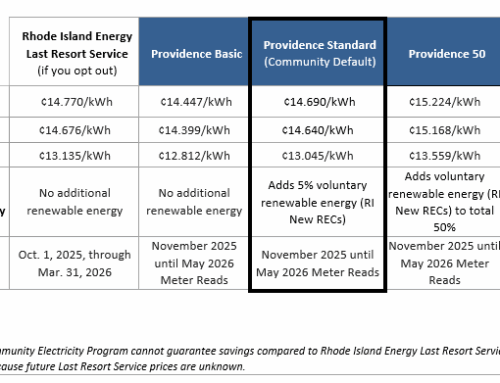New Solar Tech Like Quantum Dots And GaN Can Redefine Clean Energy
September 30, 2025
Solar power is the fastest-growing source of new electricity worldwide, with capacity additions projected to reach 17 000 terawatt-hours by 2030 , according to the International Energy Agency. Yet despite its growth, solar still faces efficiency limits and performance bottlenecks. Two emerging technologies, quantum dots and gallium nitride(GaN) promise to redefine the future of photovoltaics, from utility-scale fields to futuristic solar windows.
Nanotechnology Meets Sunlight with Quantum Dots
In a recent interview with Hunter McDaniel, CEO of UbiQD, a detailed explantion of the technology was presented. Quantum dots are semiconductor nanoparticles so small that one dot compared to a golf ball is like a golf ball compared to planet Earth. Their power lies in their ability to manipulate light with extraordinary precision. With the adjustment of their size and composition, QDs can shift light from cooler blue tones to warmer red tones, with photoluminescence efficiencies exceeding 90%.
In solar energy, this means optimizing the sun’s spectrum so panels capture more usable light. UbiQD, working with partners like First Solar, is integrating quantum dots into utility-scale modules to improve spectral response. In other words, improving the spectral response means solar panels can convert a wider range of sunlight colors into usable electricity, raising overall performance. This has the ability to revolutionize the renewable energy sector and by extension, tackle climate change.
The technology requires no disruptive redesign, as it would be acting as a “drop-in” material that leverages existing manufacturing capacity. QDs are also enabling architectural innovations. According to the UbiQD CEO, through WENDOW® technology, solar windows embed QD-doped glass that absorbs sunlight, emits a faint glow, and channels it to the pane’s edges where solar cells convert it into electricity. This allows buildings to generate energy without compromising aesthetics, unlocking entirely new surfaces for renewable generation.
A New Era of Power Electronics With Gallium Nitride
While quantum dots optimize how sunlight is captured, gallium nitride is reshaping how that energy is converted into usable power. Silicon has long been the standard material for inverters, the devices that turn the direct current from solar panels into alternating current for buildings and the grid. However, silicon switches electricity more slowly and generates more heat.
GaN overcomes these barriers by switching much faster and wasting less energy as heat. This allows inverters to be smaller, cooler-running, and more efficient. Enphase’s IQ9N-3P Microinverter pairs one inverter with each solar panel on three-phase systems, the type of electrical setup common in larger commercial sites. This design improves reliability because if one panel has a problem, like shading, dirt, or a fault, it only affects that single panel instead of reducing the output of the entire system.
The system also integrates built-in safety and compliance features. For example the rapid shutdown lets operators cut power instantly in emergencies. Secondly, phase balancing keeps voltage stable across circuits, and fault detection identifies issues before they spread. Remote monitoring reduces the need for on-site visits, lowering operating costs while improving oversight.
In short, GaN enables power electronics that are more compact, reliable, and efficient, an innovation that directly complements quantum dots. Together, these renewable energy technology show how material science is not only making solar panels better at capturing light but also more effective at delivering it to the grid.
Why It Matters
Solar’s next frontier is not just about adding more panels, it is about making each one work smarter. Quantum dots can increase the effective efficiency of existing panels by tailoring light, while GaN-based inverters ensure more of that harvested energy is delivered cleanly and reliably to the grid. Furthermore, efficiency gains of even a few percentage points at utility scale can translate into billions of dollars in savings over project lifetimes. Quantum dots and GaN represent a shift from incremental improvements to platform-level innovation. As global decarbonization accelerates, these technologies from UbiQD and Enphase could help push solar beyond today’s limits.
Search
RECENT PRESS RELEASES
Related Post




